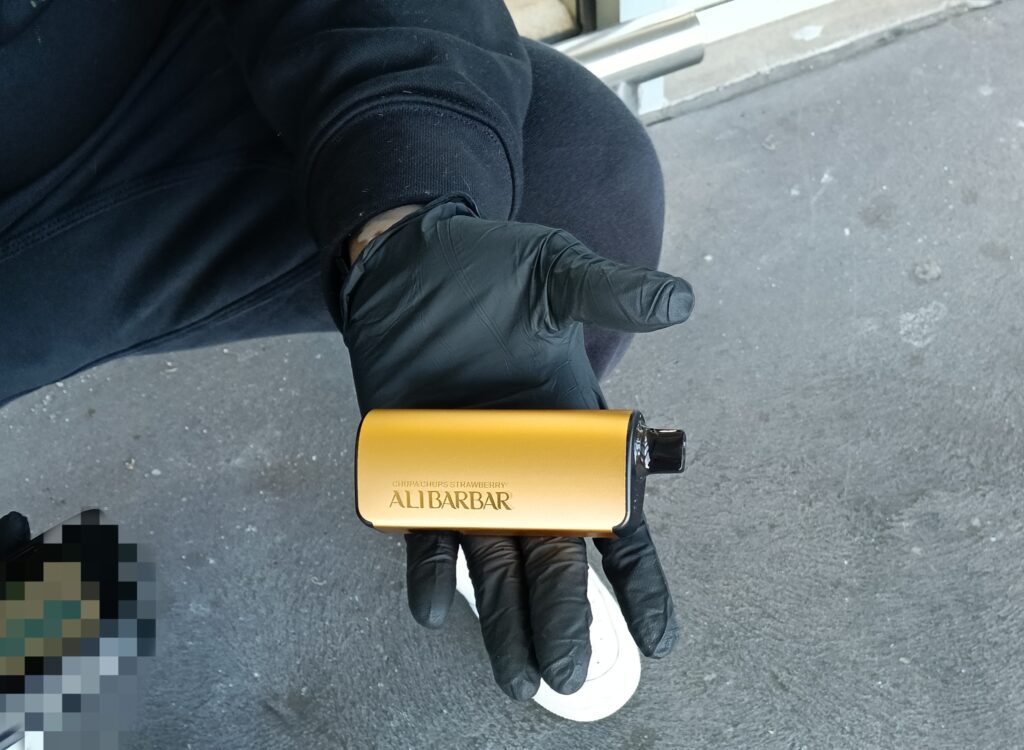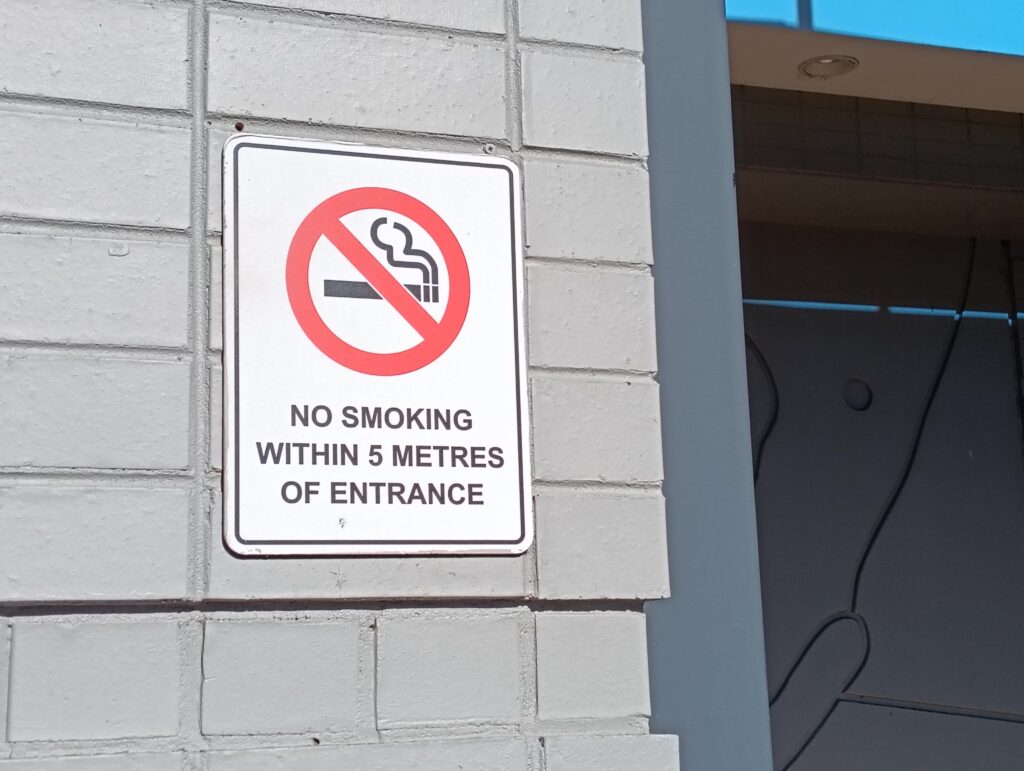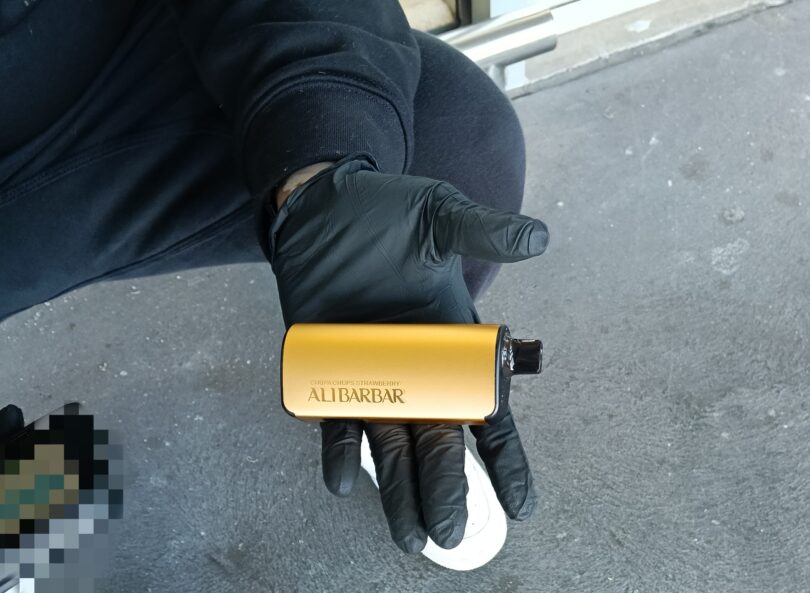The number of Australians vaping on a daily basis grew from 100 thousand to 600 thousand since 2016, says a recent study from the Australian Institute of Health and Welfare.
The growth of e-cigarettes has steadily increased as the use of vapes amongst young adults aged 18 to 24 being the third highest below middle-aged smokers.
Vapes or e-cigarettes are electrical inhalers which produces aerosol rather than smoke, containing hazardous chemicals, flavouring, and nicotine (even when labelled as “nicotine-free).
Prue Gildea, a media manager of Cancer Council Victoria’s Prevention department says adolescents who vape are negatively affecting their brain development.
“So, getting onto a nicotine dependence at a young age can mean you’re much more likely to continue to smoke or vape throughout your lifetime, which has serious, serious health impacts.”

The long-term effects of vaping are not yet known however, lung injury, nausea, increased blood pressure, throat irritation and in some reports, seizures brought on by inhalation toxicity from nicotine overdose are developed from short-term use.
Prue Gildea says vape capsules have “as much nicotine as two packets of cigarettes,” in a thousand puff device.
Juul Labs, a former American vape seller was found guilty of advertising their products to minors through social media, magazines and television targeted for children.
Juul also ran a now discontinued anti-nicotine program in high schools where they allegedly told students their vapes were nicotine-free.
“They pay young influencers to also promote smoking or vaping products online, which is illegal in Australia,” Prue Gildea said.
Recently, Cancer Council Australia and Quit Victoria are among the many organisations creating anti-vaping advertisement aimed at young adults of the dangers of vaping, and the contents of vape capsules that cause cancer and other ailments.
Anti-smoking historian Thomas Kehoe says the socio-cultural environment of young people who vape, or smoke and the “new phenomenon” are leading factors.
“To challenge it is hard.”
Kehoe believes anti-smoking and vaping advertisement must, “focus on the health effects and the addiction problems. Focus on trying to motivate people to quit.”
Early anti-smoking campaigns can be traced back to the 20’s, only become frequent in the 1970’s with one starring famous actress Miriam Carlin, standing in a coffin, Kehoe said.
Public awareness of the risks of smoking tobacco and nicotine has on the human body are well-known due to frequent anti-smoking advertisement, and education in schools.

This information helped e-cigarette manufacturers market their product as a healthier alternative to tobacco, including as a device to help quit smoking like a nicotine patch.
In the 2022–2023 National Drug Strategy Household Survey, the AIHW (Australian Institute of Health and Welfare) discovered tobacco smokers using e-cigarettes to aid with quitting nicotine did not have substantial evidence to be prescribed as a “first-line treatment”.
In July this year, new tobacco licencing and enforcement laws (done in New South Wales) in Victoria will come into effect, forcing tobacco vendors to have obtain a license before the end of the year.
Currently, for an underage person to get a vape in Australia, they need a medical prescription. However, online sales from international sellers do not ask for it or identification.
Regulations from the Australian Government towards tobacco sales and marketing like plain package laws in 2012 were hailed as a success for helping smokers quit, as well as made clear the result of long-term tobacco use does to people.







